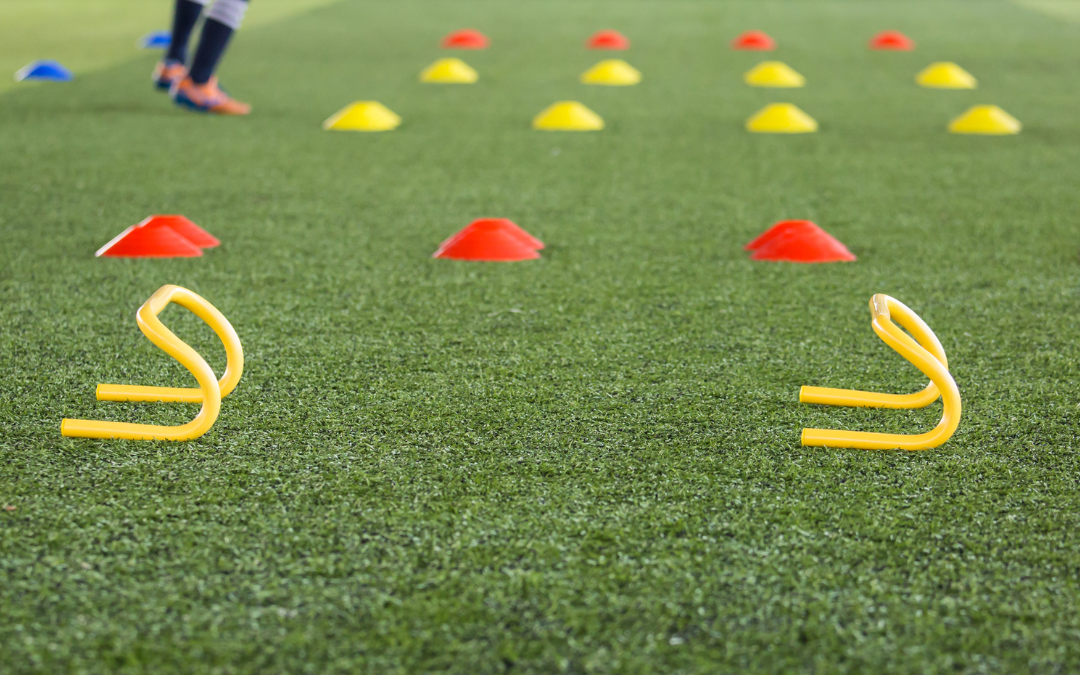Agility testing has emerged as a valuable tool to assess and enhance an individual’s ability to move quickly and change direction with precision. In this blog post, we’ll delve into the why and the importance of agility testing, with a focus on the popular 5-10-5 test.
Why Agility Testing?
Agility is the ability to move quickly and change direction efficiently. No matter what sport you play or hobby you pursue, agility is a crucial skill. Agility testing provides a structured way to measure and evaluate an athlete, helping to identify strengths, weaknesses, and areas for improvement.
Injury prevention: Agility is closely linked to joint stability and control. Identifying weaknesses in agility through testing can help design targeted exercises to improve stability, reducing the risk of injuries associated with sudden movements or changes in direction.
Sport-specificity: For athletes, agility testing can be tailored to the specific demands of their sport. This ensures that training programs are focused on the movements and skills most relevant to their performance, leading to better results on the field.
The 5-10-5 Test
One of the most popular agility tests is the 5-10-5 test, also known as the Pro Agility Shuttle, or the 20-Yard Shuttle. This test is widely used in sports such as football, soccer, and basketball. It involves three cones set up in a straight line, with the middle cone placed 10 yards from the starting point. The participant starts in the middle, sprints to touch one cone (5 yards away), then changes direction to touch the opposite cone (10 yards away), before finally sprinting back through the starting point.
The 5-10-5 test is an excellent measure of an individual’s ability to accelerate, decelerate, and change direction quickly. It requires a combination of speed, coordination, and agility, making it a comprehensive assessment tool.
Agility testing is not just reserved for elite athletes; it’s a valuable tool for anyone looking to improve their overall movement capabilities. The 5-10-5 test, with its simplicity and effectiveness, serves as a prime example of how agility testing can be integrated into training programs to optimize performance and reduce the risk of injuries. So, whether you’re an athlete striving for peak performance or someone simply aiming to move through life with agility and grace, incorporating agility testing into your routine can pave the way to success.

